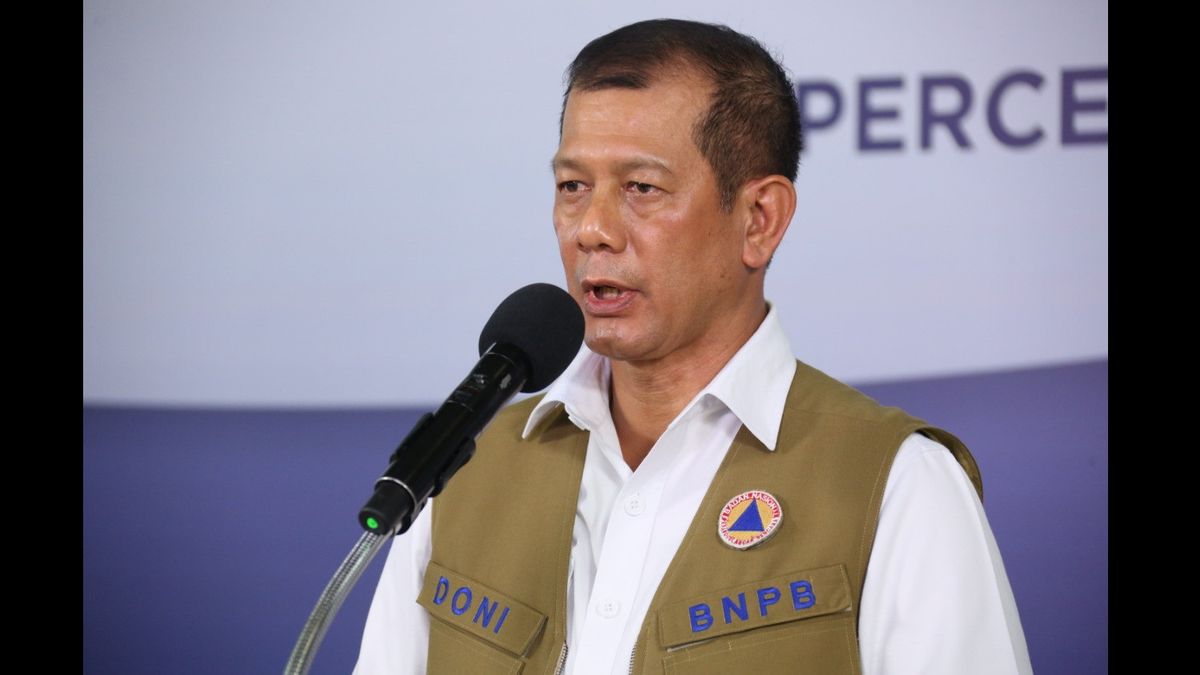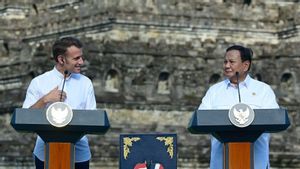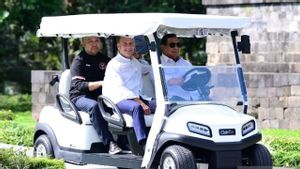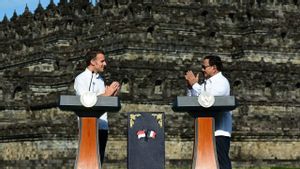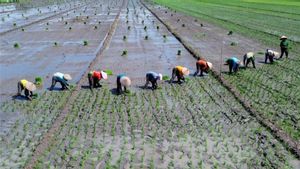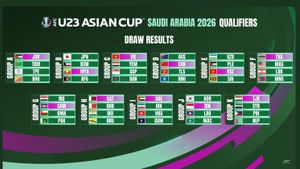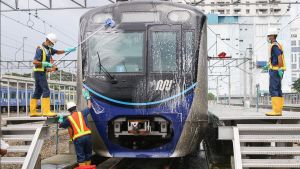JAKARTA - The Chief Executive of the Task Force for the Acceleration of Covid-19 Handling, Lieutenant General TNI Doni Monardo, said that the determination of the zone color for the spread of COVID-19 was influenced by 15 criteria that refer to the world health organization (WHO), epidemiology, to public health surveillance.
Some of the criteria include the decrease in the number of positive cases, the death rate, and the number of ODP and PDP during the last two weeks from the highest cases. In addition, the increase in the number of cures for positive cases, the number of specimen examinations for two weeks also influenced the zoning.
"The 15 criteria will be found in the numbers. So that each of these numbers will reflect its color. If the risk is high, it means the number is low, meaning that it does not or has not met all the requirements expected from either WHO or the Ministry of Health," said Doni in a press conference broadcast on Monday. Ministry of Education and Culture's YouTube account, Monday, June 15.
He said, it is a note that for areas that become green zones it does not mean that they can be free to do various things. It is hoped that the community will continue to maintain good hygiene and health. Thus, there will be no zone color change in the area.
"What is currently in the green zone but is not careful in activities and does not pay attention to this health protocol could be from green to yellow," said Doni.
Zone color changes can occur at any time depending on the development and dynamics that occur. This is because he asked the public to continue to pay attention to the use of masks, maintain distance from each other, wash their hands to improve hygiene.
"Green zone, but not careful in maintaining or paying attention to health protocols, does not pay attention to the use of masks, does not pay attention to maintaining distance and also does not pay attention to hygiene problems, not washing hands can be from green to yellow," said Doni.
ZoningMeanwhile, the Chairperson of the Expert Team for the Task Force for the Acceleration of Handling COVID-19 Professor Wiku Adisasmito said that all regions in Indonesia would be divided into several zones related to the potential for transmission and spread of COVID-19. The division of this zone using color.
There are four colors that will be used later. Starting from green, yellow, orange, and red. This color indicates that there are no positive cases in an area so that there are many COVID-19 infections.
"Each color of the zone is the first one is the green zone, which means there are no positive cases. Meanwhile, the yellow zone or low risk means that cases have been found and it needs contact tracing of positive cases with ODP and PDD and the risk of increasing cases is relatively low. or moderate risk means that positive cases are also found and have a moderate risk of increasing cases. Finally, the red zone means these areas have the highest risk of the number of cases increased, "said Wiku at Graha BNPB, Jakarta, Thursday, June 4. .
With the zoning determination, continued Wiku, regional leaders automatically have the authority to be the head of the regional task force. So that, later on, they can implement or even issue policies that are in accordance with the circumstances of each region.
However, in implementing or making policies, it must first coordinate with related agencies. So, the policy will run optimally.
"The process also carries out consultations and coordination with parties in the regions, consultations with the DPRD, with community leaders and the media. So that all parties really get involved in making decisions for their respective regions," said Yuri.
Then each region will try to change the color of each zone for the better. Until finally, all regions in Indonesia are included in the green zone category.
After being in the green zone category, later the central task force will reassure this by using several indicators set by the World Health Organization (WHO). The goal is to ensure the area is safe for people to be productive again.
There are three indicators that become the main assessment. First, epidemiologically, monitoring public health and health services.
"These indicators consist of three important criteria. The first is epidemiology, the second is public health surveillance and the third is from health services," said Wiku.
In addition, the assessment also looks at the rate of recovery, mortality, specimen examination, and the availability of medical equipment and personnel in the area. This is done to determine the readiness of certain areas when facing the pre-crisis period of COVID-19.
"The data source used comes from surveillance data and databases from hospitals throughout Indonesia which have always been collected by the Ministry of Health. These data are analyzed as weekly cumulative data, while the risk status of an area will be updated regularly every week. per regency and city, apart from explaining the collective condition of a province, "Wiku concluded.
The English, Chinese, Japanese, Arabic, and French versions are automatically generated by the AI. So there may still be inaccuracies in translating, please always see Indonesian as our main language. (system supported by DigitalSiber.id)
